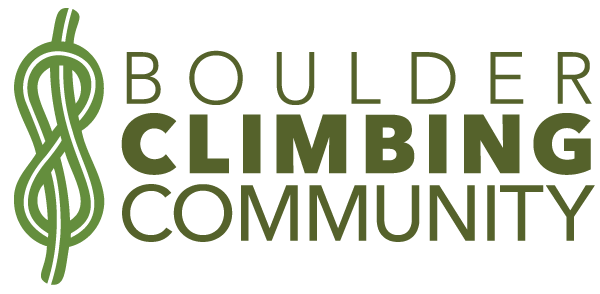An evidence-based, systematic approach to prevent injury when returning to climbing
Article by Dr. Evan Ingerson, DPT of Mend Physical Therapy, Supporting sponsor of the BCC
Returning to rock climbing after an injury or an extended break from the sport can be challenging. Many climbers do too much too quickly and end up re-aggravating their previous injury or causing a new one. While it may seem obvious to “go slow” and return to climbing “gradually”, there is little to no guidance as to the specifics for an appropriate return-to-climbing protocol.
Let’s be honest, sports like running, cycling, and swimming have it easy. It is simple and effective to track speed and mileage and gradually progress over time as these athletes return to full training capacity. Climbing has a lot more complexity when it comes to measuring difficulty and volume.
Something that makes this extra challenging is that we often can’t appreciate how strenuous a workout was until the day afterward, making it difficult to make appropriate adjustments within your climbing session. Using the evidence-based “soreness rules”, as defined by the University of Delaware, we can create a structured protocol to give us clear guidelines for returning to climbing. The soreness rules have been used widely in clinical practice for athletes with upper body and lower body injuries.
Use the following evidence-based guidelines to safely return to rock climbing after an injury or after taking a few months off of climbing. The guidelines utilize ranges so use your best judgment as to whether to progress more conservatively or more aggressively.
Soreness is defined by soreness in either muscles/tendons or joints.
The next question is: how do you know what constitutes 10% or 25%. For this we can use the number of climbs and the difficulty of climbs. This of course must come with the caveat that climbing grades are subjective and you must consider all aspects of the climb as it pertains to the stresses on your body. For example, a technical and balancy 5.11c might be less stress on your shoulder joint than an overhanging 5.10d. Once again, use your best judgment and if you overshoot it one day, that’s ok. Simply readjust your volume/difficulty during the next session based on the soreness rules above.
Use the following “point-system” to guide the overall time-under-tension of your tissues.
For bouldering, it’s much easier:
Add up the number of points in the session based on how many pitches/boulders you completed. Then you can use this score as a benchmark to progress/regress your return to climbing program.
Here are some examples:
These progressions can seem painfully slow for many who are used to jumping right back into climbing, but if the goal is to prevent injury and to be able to climb more sustainably it is recommended that you follow these guidelines.
There is significant evidence to support the fact that building tissue capacity is the best way to prevent injuries in athletes.
A gradual, structured return to climbing program, in addition to a strengthening program, is the best way to build tissue capacity in a safe way. We know that true strength gains (caused by physiological restructuring of our muscles) take a minimum of 6 weeks to develop. As we return to climbing we will start to see fast gains as a result of neurological adaptation which is the process by which our neuromuscular system improves the efficiency of muscle recruitment and coordination. This can disguise itself as true strength gains, but it is only one small part of improving our tissue capacity.
As the sport of rock climbing gains legitimacy on the national stage, it’s time for us to start thinking about this sport in the same way other athletes view their sport. We need to be structured and evidence-based to make sure we are climbing stronger and longer!
If you have more questions about your return to climbing progression, email Dr. Evan Ingerson at evan@mendcolorado.com. Or to get a return to climbing program specified to your exact needs, schedule an evaluation with the rock climbing rehab specialists at Mend. Our doctors of physical therapy are located in Boulder and Lafayette, Colorado and are specialty trained in orthopedics and strength and conditioning. BCC members get their first appointment free and their second appointment 25% off!
Don’t forget to check out the other resources on the Boulder Climbing Community blog. There are articles written specifically for rock climbers about how hip dysfunction can cause shoulder pain, if it’s safe to climb while pregnant, and strength training for climbers.







